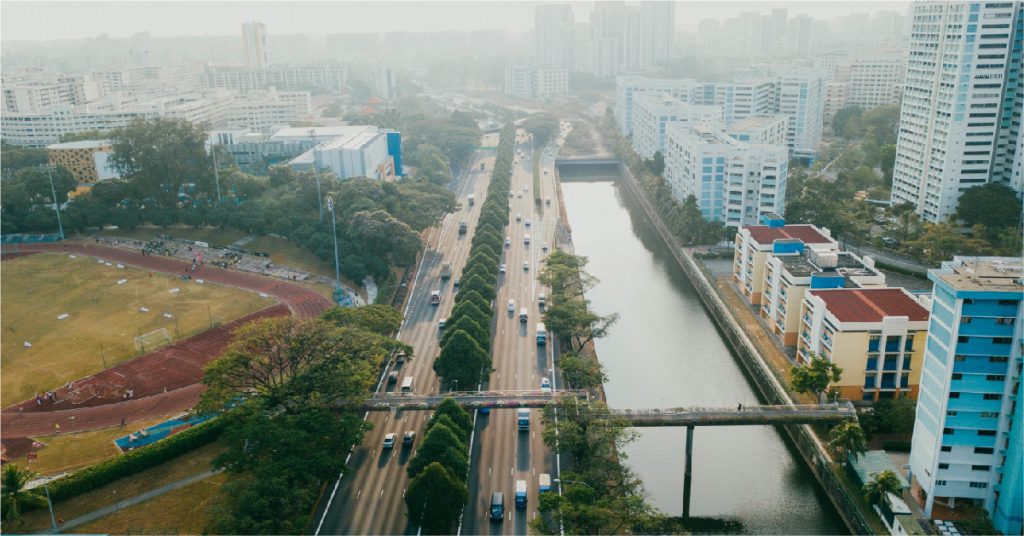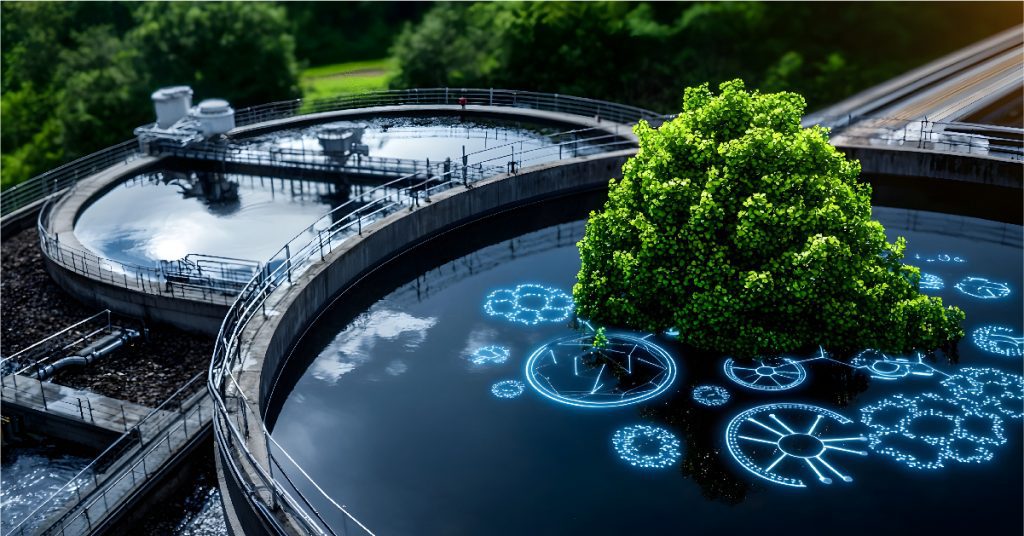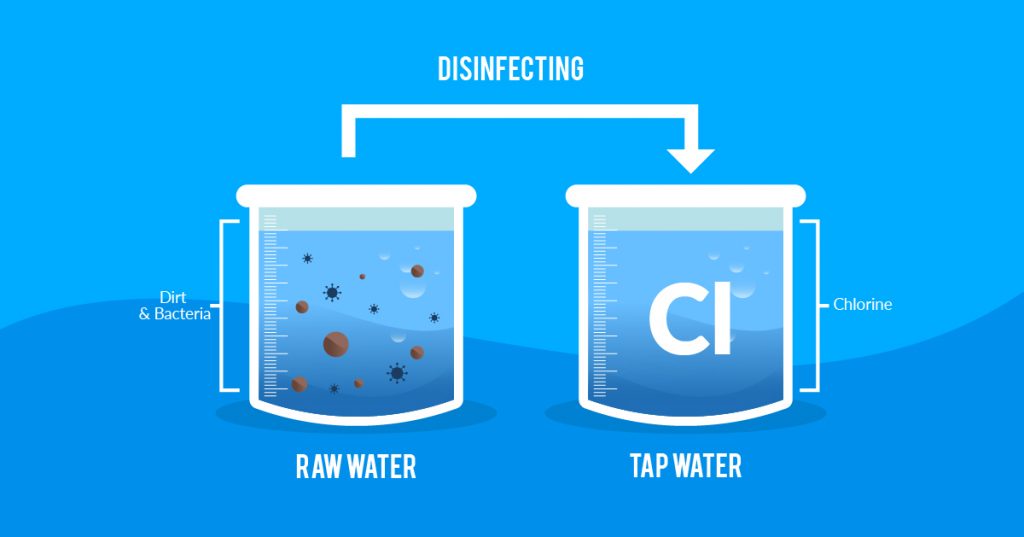Access to clean and safe drinking water is a fundamental right, yet many rural communities in the United States continue to face significant challenges in securing it. Despite advancements in water treatment technology and infrastructure development, rural areas often struggle with outdated systems, contamination, and inadequate resources. This blog explores the drinking water problems in rural areas across the USA and the potential solutions to address them while also highlighting the role of water treatment in the food and beverage industry in ensuring safe water supply.
Drinking Water Challenges in Rural Areas
- Contamination from Agricultural Runoff: Rural communities often reside near agricultural lands where fertilizers, pesticides, and animal waste are used extensively. Runoff from these farms can contaminate surface and groundwater sources, introducing harmful nitrates, phosphates, and pathogens into the water supply. High nitrate levels, in particular, pose severe health risks to infants, causing conditions like methemoglobinemia or “blue baby syndrome.”
- Aging Infrastructure: Many rural water systems were constructed decades ago and are now deteriorating. Old pipelines, storage tanks, and treatment facilities lead to water loss, contamination, and inefficient delivery systems. The cost of upgrading these systems often exceeds the financial capacity of small communities.
- Limited Access to Advanced Water Treatment Technologies: While urban areas benefit from advanced water treatment technologies, rural regions often lack access to modern systems. This disparity results in insufficient treatment of contaminants such as arsenic, lead, and bacteria, jeopardizing community health.
- Natural Contaminants: Certain regions in the USA naturally contain contaminants like arsenic, fluoride, and radionuclides in their groundwater. Without proper treatment, these contaminants can cause chronic health issues over time.
- Industrial Pollution: Although less industrialized than urban areas, some rural regions are still affected by pollution from nearby factories and mining operations. Chemicals and heavy metals from these industries can leach into water sources, making the water unsafe for consumption.
- Climate Change Impact: Changing weather patterns have led to unpredictable rainfall, droughts, and flooding, which can disrupt water supply and contaminate sources. Droughts, in particular, reduce the availability of groundwater, while floods increase contamination from surface pollutants.
Solutions to Rural Water Problems
- Upgrading Infrastructure: Investing in modern water treatment infrastructure is crucial for rural areas. Replacing old pipes, installing advanced filtration systems, and maintaining regular inspections can significantly improve water quality. Government grants, public-private partnerships, and community-led initiatives can help finance these upgrades.
- Implementing Advanced Water Treatment Technologies: Advanced treatment technologies such as reverse osmosis, ultraviolet (UV) disinfection, and activated carbon filtration can remove contaminants effectively. The role of water treatment in the food and beverage industry exemplifies the importance of these technologies, as they ensure that water used in food production meets stringent safety standards.
- Community Education and Engagement: Raising awareness about water quality issues and safe water practices empowers communities to take proactive measures. Educational programs can teach residents how to test their water, report contamination, and support water conservation efforts.
- Regular Monitoring and Testing: Implementing regular water quality testing programs helps detect contaminants early and address them promptly. Collaborations with certified laboratories and leveraging technology for real-time monitoring can enhance the effectiveness of these programs.
- Collaboration with the Food and Beverage Industry: The water treatment in the food and beverage industry serves as a model for rural water systems. Food and beverage facilities use state-of-the-art treatment processes to ensure water quality, including filtration, disinfection, and chemical treatment. By adopting similar practices, rural communities can improve their water safety.
- Utilizing Natural Solutions: Nature-based solutions, such as wetland restoration and reforestation, can improve water quality by filtering pollutants naturally. Protecting watersheds and establishing buffer zones around water bodies helps reduce agricultural and industrial runoff.
- Policy and Funding Initiatives: Advocating for policies that prioritize rural water infrastructure and provide funding for improvements is essential. Federal programs like the USDA’s Water and Waste Disposal Loan and Grant Program offer financial assistance to support these initiatives.
The Role of Water Treatment in the Food and Beverage Industry
Water treatment in the food and beverage industry plays a critical role in ensuring safe and high-quality products. The industry uses advanced technologies to treat water for various applications, from ingredient preparation to equipment cleaning. By adopting similar water treatment methods, rural communities can safeguard their water supply from contaminants. Food and beverage water treatment techniques, such as membrane filtration and chemical disinfection, can be particularly effective in rural settings where water quality varies.
The food and beverage water treatment processes emphasize the importance of meeting regulatory standards and maintaining consistency in water quality. These practices can be replicated in community water systems to protect residents from waterborne diseases and chemical exposure.
Ion Exchange: Innovative Water Treatment Solutions for the Food and Beverage Industry
Ion Exchange has consistently catered to the diverse needs of the food and beverage industry by providing advanced purification, separation, and concentration solutions through customized system designs. These solutions utilize specialty ion exchange resins, membranes, adsorbents, or media, either individually or in combination, for various critical applications. For instance, the company has implemented processes like deashing, decolorization, deodourisation, and depyrogenation for liquid glucose, dextrose, and sorbitol, with notable installations such as the state-of-the-art 30 m³/h merry-go-round system.
In the gelatin industry, Ion Exchange has introduced ion exchange and ultrafiltration technologies to achieve effective deashing, decolorization, deodourisation, and concentration. The company’s expertise extends to juice processing through debittering, clarification, and concentration, and it has supported refined sugar manufacturing with ion exchange resin systems and specialized membrane setups, including nano-filtration techniques for regenerant brine recovery. Our range of products includes:
- INDION Autochem Ultima
- INDION ORC
- COD/BOD Analyser
Conclusion
Ensuring access to clean drinking water in rural areas requires a multi-faceted approach, including infrastructure upgrades, advanced treatment technologies, community engagement, and policy support. The water treatment methods used in the food and beverage industry provide valuable insights into effective water management practices. By adopting these techniques and investing in sustainable solutions, rural communities across the USA can overcome their water challenges.




